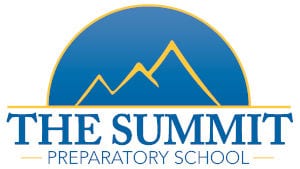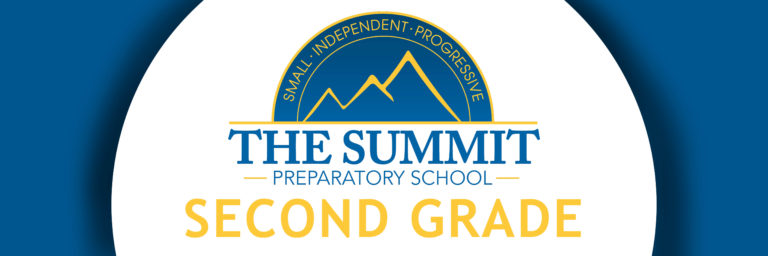Learning stations can help meet the diverse needs and skill levels of young children. Children learn by doing. They actively construct knowledge by interacting with the world around them. Teachers facilitate learning by providing organized stations that encourage independent activity. Learning stations enable the teacher to work with individual children or small groups of children on specific skills while the rest of the class are actively learning. Learning stations can be offered in all content areas, on a variety of levels. Students can work independently, or in small groups which is important with social distancing.
Learning stations can provide necessary review of basic skills such as creating word families, or practicing math facts. But learning stations can also be used to develop essential content vocabulary, provide opportunity for student research, and simultaneously enrich learning for every student. Learning centers do not need to be complex or expensive. They can be structured activities with a specific sequence of tasks, or open-ended materials that stimulate student creativity and oral vocabulary. Teachers introduce materials and how to use any tools. Materials support learning from initial explorations to mastery levels. Stations are best organized not only to promote order and ease of cleanup, but more importantly, to support independent activity in content areas that will strengthen the students’ understanding of vital skills.
Teachers assess the needs of the students and let those needs dictate the stations. Young children learn best when they are able to make real life connections and apply the skills they are learning in the classroom. Years ago, teachers recognized the importance of math tubs to explore numbers and operations. Learning centers can be equally successful in promoting literacy. Literacy centers increase the number of children participating in vocabulary development, functional writing and informational reading.
Student motivation is increased through activities that offer opportunities for collaboration. Children benefit from opportunities not only to work independently on a learning station, but also to work cooperatively with other students, and to talk with peers about the variety of ways a problem could be solved. Child-initiated learning activities seem to help children develop their social responsibility and interpersonal skills so they become more intellectually and socially competent. It is difficult to provide these rich learning experiences if all classroom teaching is group and teacher directed.
Teachers articulate key skills being learned at each station and evaluate the success of that station in promoting key skill development. Stations can take students forward in their thinking, and provide scaffolding for students beginning to build their own understanding. This helps all students learn to plan and implement solutions to problems.
In our classroom, Second grade students look forward to our daily learning stations. Stations are one of their favorite learning activities. At each station, there is a multitude
of options to meet the ability level of each student.
Here are some examples of the the learning stations we explore in our classroom.









